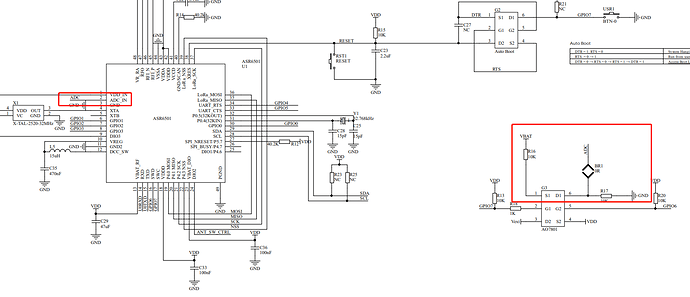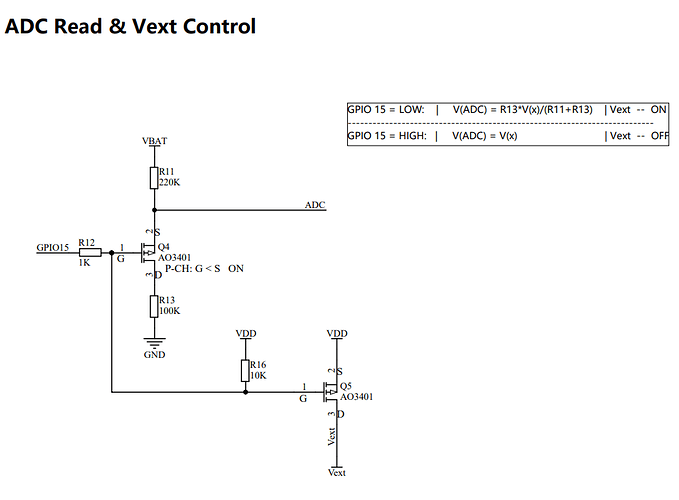Hi,
Unfortunately the ADC example and the ADC_battery example both measure the same values (the voltage applied externally to the ADC) only that the later multiplies it by 2. Setting ADC_CTL to low has no effect and does not mesure the voltage of the attached battery (at least not when the USB power is connected and the Serial out put is visible). Am I missing something? Some wiring needed to make ADC_CTL work?
Background: I have 2 cubecell boards I want to use for solar monitoring and temperature of water in my pool. For the first use case I want to use the ADC to measure the open circuit voltage of a small panel (1V rating). But it would also be good to measure the battery voltage of the lipo battery I want to use. I’m not planning to use a solar panel as the lipo battery should last for long enough.
Regards, Marcus from Heidelberg



